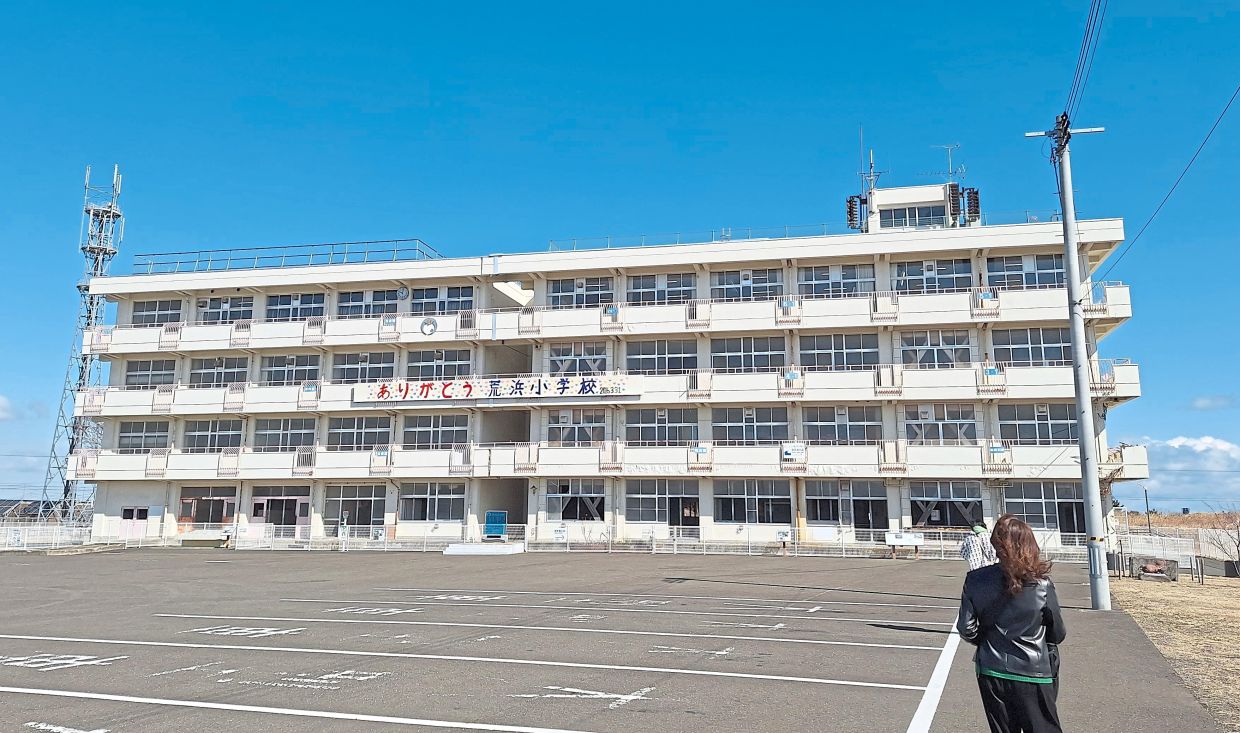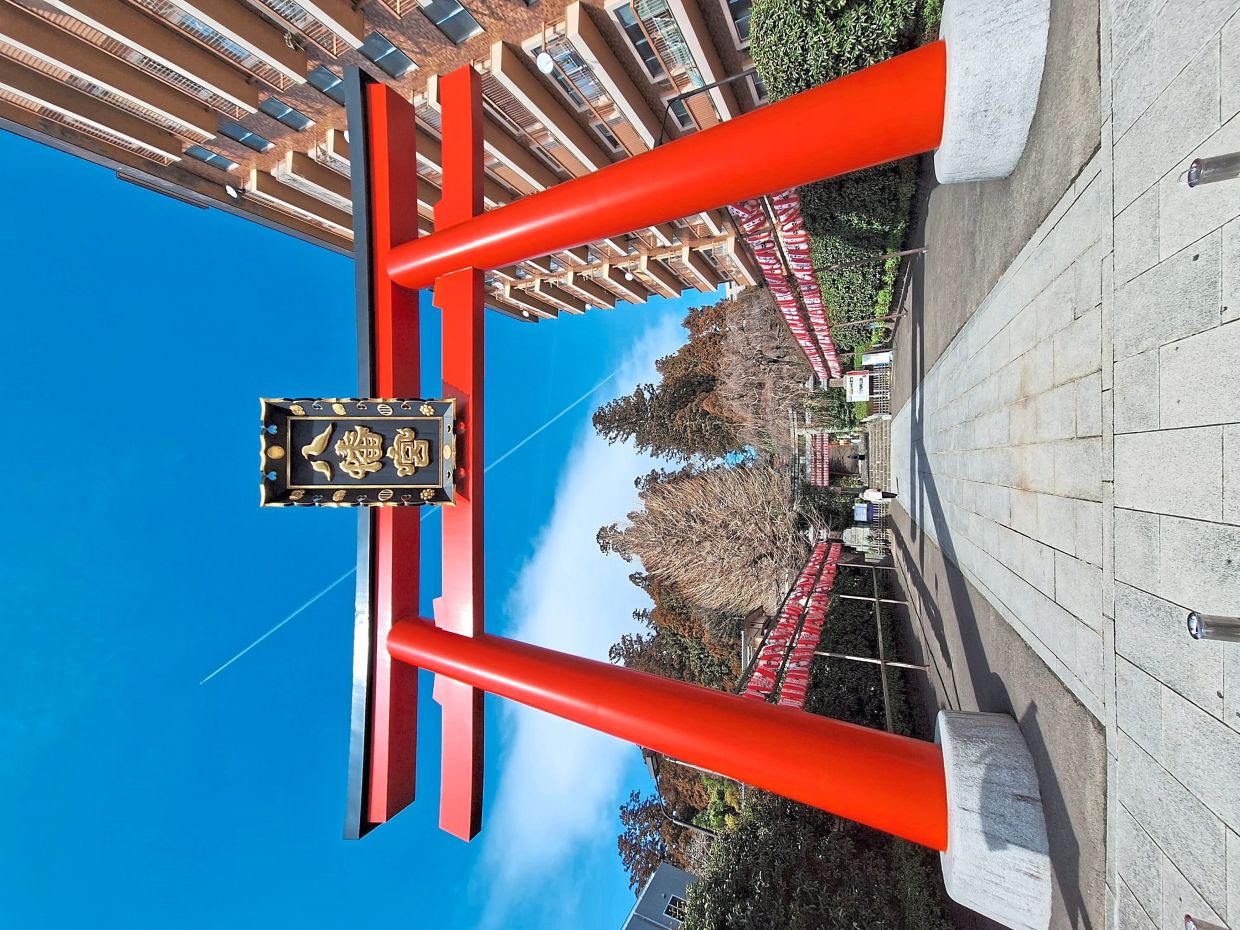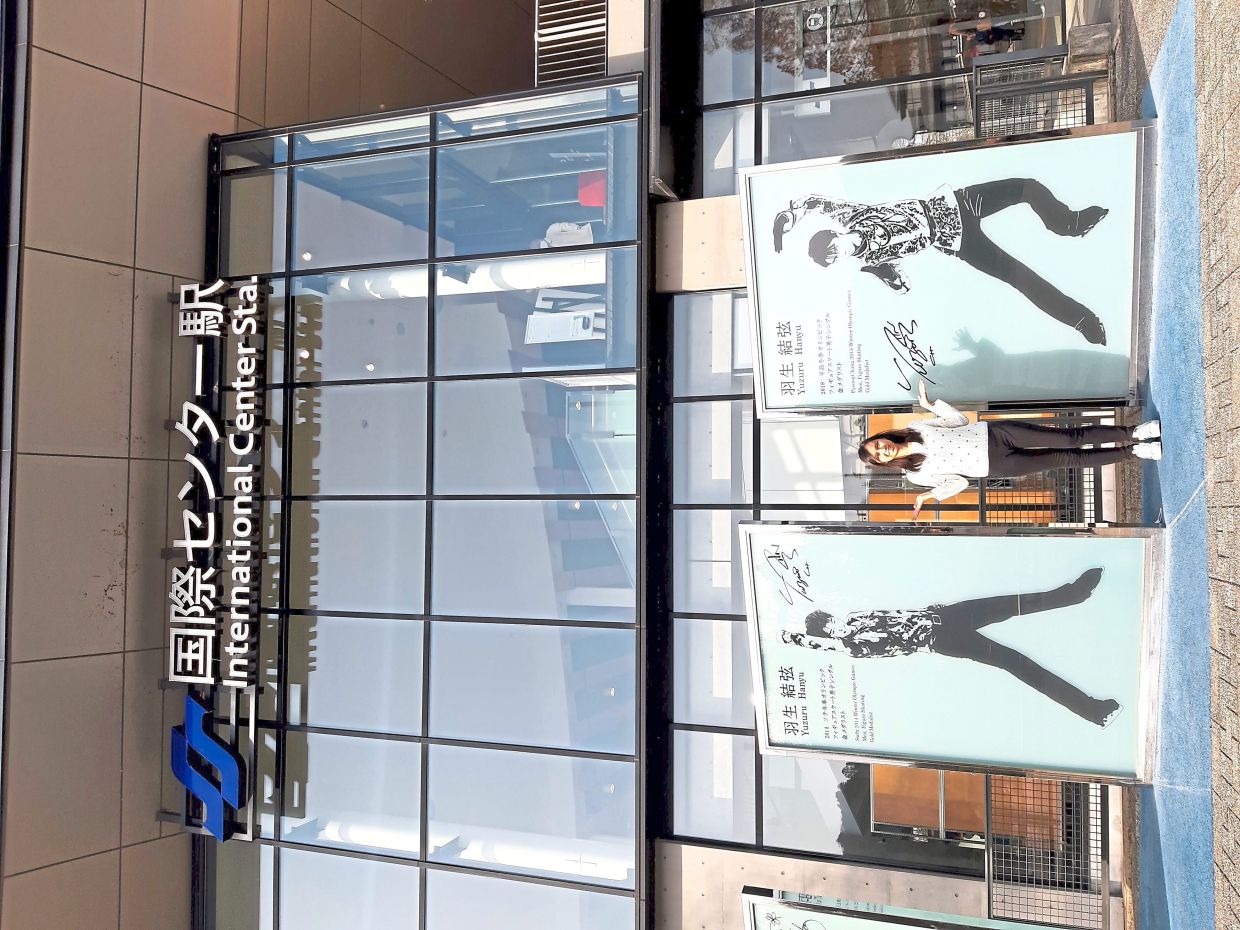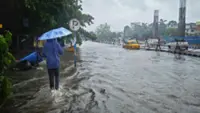The school has been left in its damaged state as a reminder of the force of a tsunami. — Photos: M.Y. LIM
The “Great East Japan Earthquake” happened on March 11, 2011. I was supposed to go on my maiden trip to Tokyo the following week. Naturally, the trip was cancelled namely for safety reasons.
The disaster left a deep impression on me not only because of devastating images and videos shared on the news, but also because March 11 is my father’s birthday. That day, I decided to learn more about Sendai, the nearest major city to the earthquake epicentre.
Sendai is the capital of Miyagi Prefecture and the largest city in the Tohoku region. It is nicknamed the “City of Trees” due to the many Japanese zelkova trees lining its main thoroughfares.
It only takes 90 minutes to get to Sendai from Tokyo via shinkansen or high-speed train.
Every year on March 11, in remembrance of the quake and to honur the victims, a bell rings throughout the main shopping streets in Sendai to signal the start of a silent tribute at precisely 2.46pm. This was the exact time the earthquake took place back in 2011.
A special altar is also set up for folks to place their offerings and prayers.
I visited the city on the 14th anniversary of the incident recently, and joined the memorial ceremony. A moment of silence was observed, followed by a special music performance.
It was a heartfelt gathering where people of all ages, from preschoolers to the elderly, shared a collective moment of reflection.
Yuzuru Hanyu, Sendai’s tourism ambassador, is a two-time Olympic champion figure skater and one of the many local residents affected by the disaster. He continues to be a strong advocate for disaster awareness and reconstruction efforts to this day.
In fact, I travelled to Sendai not just for the memorial but also to attend his show called Notte Stellata. This is an annual ensemble ice performance held in remembrance of the tragedy. It took place at the Sekisui Heim Super Arena, which served as the largest temporary morgue in Miyagi during the disaster.
Watching the show at this specific venue with locals was not just a solemn reminder of what was lost, but of what the future holds.
I also visited the Earthquake Heritage Arahama Elementary School to learn more about the disaster. Situated 700m from the coast, the tsunami inundated the school up to the second floor, trapping 320 individuals including students, teachers, and local residents on the roof.
Miraculously, everyone survived.
Because of this moving story, the school has been preserved as much as possible in its damaged state to help future generations understand the incredible force of a tsunami.
I couldn’t help but notice how barren the surrounding land had become. I was told that the Arahama neighbourhood was once home to 800 households, but today, the only building left standing is the school. Many former residents have relocated inland as the area is now designated a high-risk zone for future disasters.
At Arai Station, just 15 minutes from central Sendai, I visited the 3/11 Memorial Community Centre, established in 2016 to preserve and share the experiences and lessons of the disaster. It features a community space with a 3D topographic map, slides, and books detailing the impact on Sendai’s eastern coastal areas.
Exhibits also showcased the destruction caused by the tsunami, ongoing restoration efforts, and scenes from affected communities.
By the way, Sendai is best explored by taking the Loople Sendai, a fixed-fare sightseeing bus that stops at 14 notable spots around the city, with a one-day pass costing just ¥630 (RM18.50).
With the pass, I was able to visit numerous landmarks: The Zuihoden Mausoleum, the final resting place of the samurai Date Masamune, who founded Sendai; Sendai Castle, once the stronghold of the Date clan; Osaki Hachimangu Shrine, a designated national treasure whose enshrined deity is revered as the city’s guardian and protector; and the Sendai International Centre, where I snapped a photo with the commemorative panel display honouring Olympic champion Yuzuru Hanyu.
Just a short walk from the centre is Goshikinuma Pond, considered the birthplace of figure skating in Japan. (Fun fact: Sendai has produced Japan’s only two Olympic gold medallists in figure skating so far.)
Of course, I couldn’t leave without visiting the Ice Rink Sendai, the training ground of the champions.
As I left Sendai, I carried with me not just memories of an inspiring ice show and visits to meaningful landmarks, but a deepened respect for the city’s resilience and spirit. The legacy of 3.11 lives on.
The views expressed are entirely the reader’s own.








